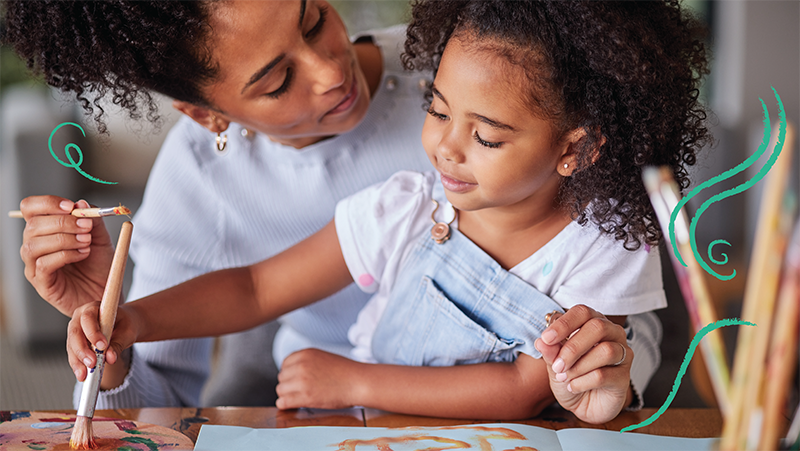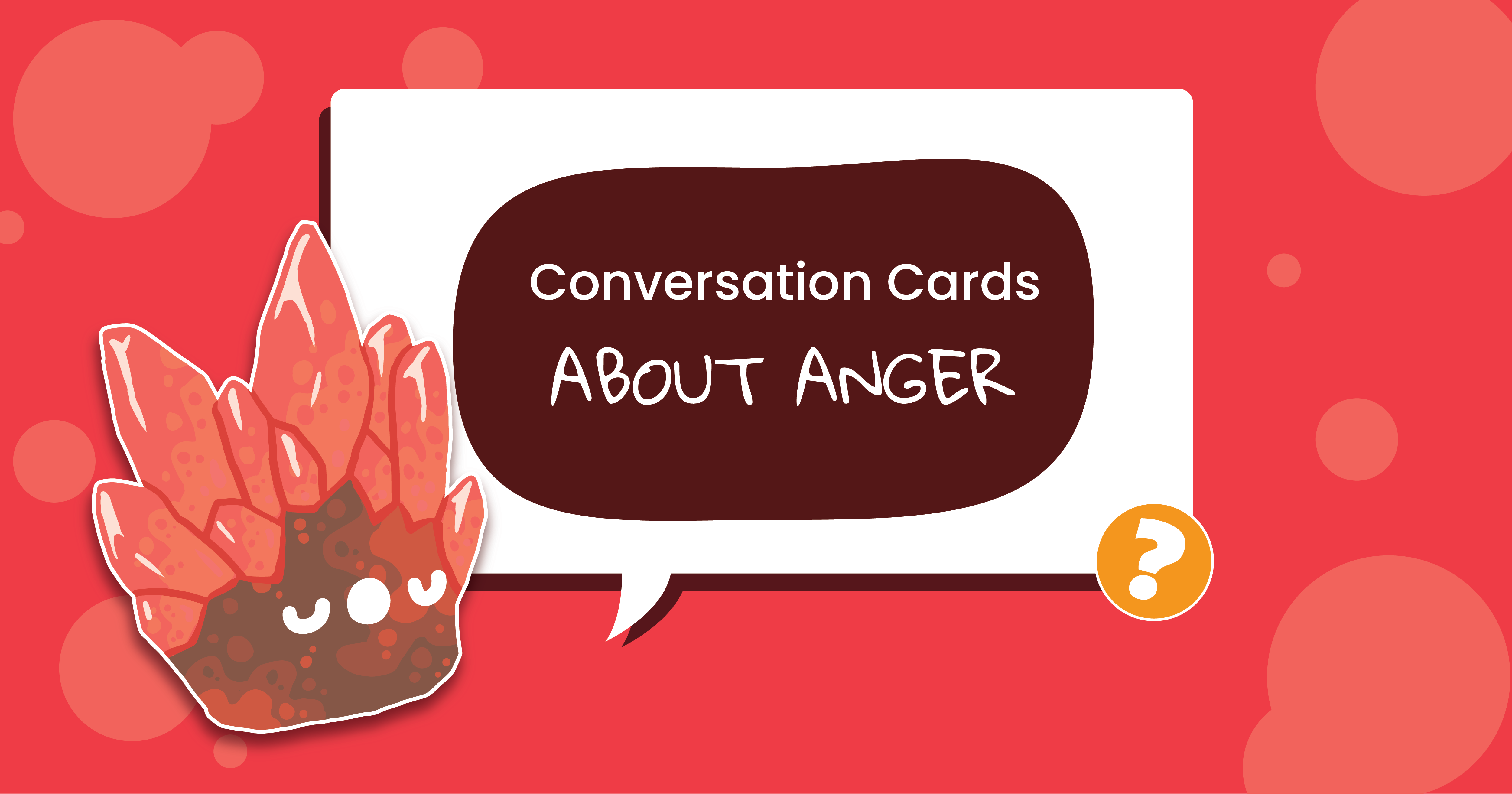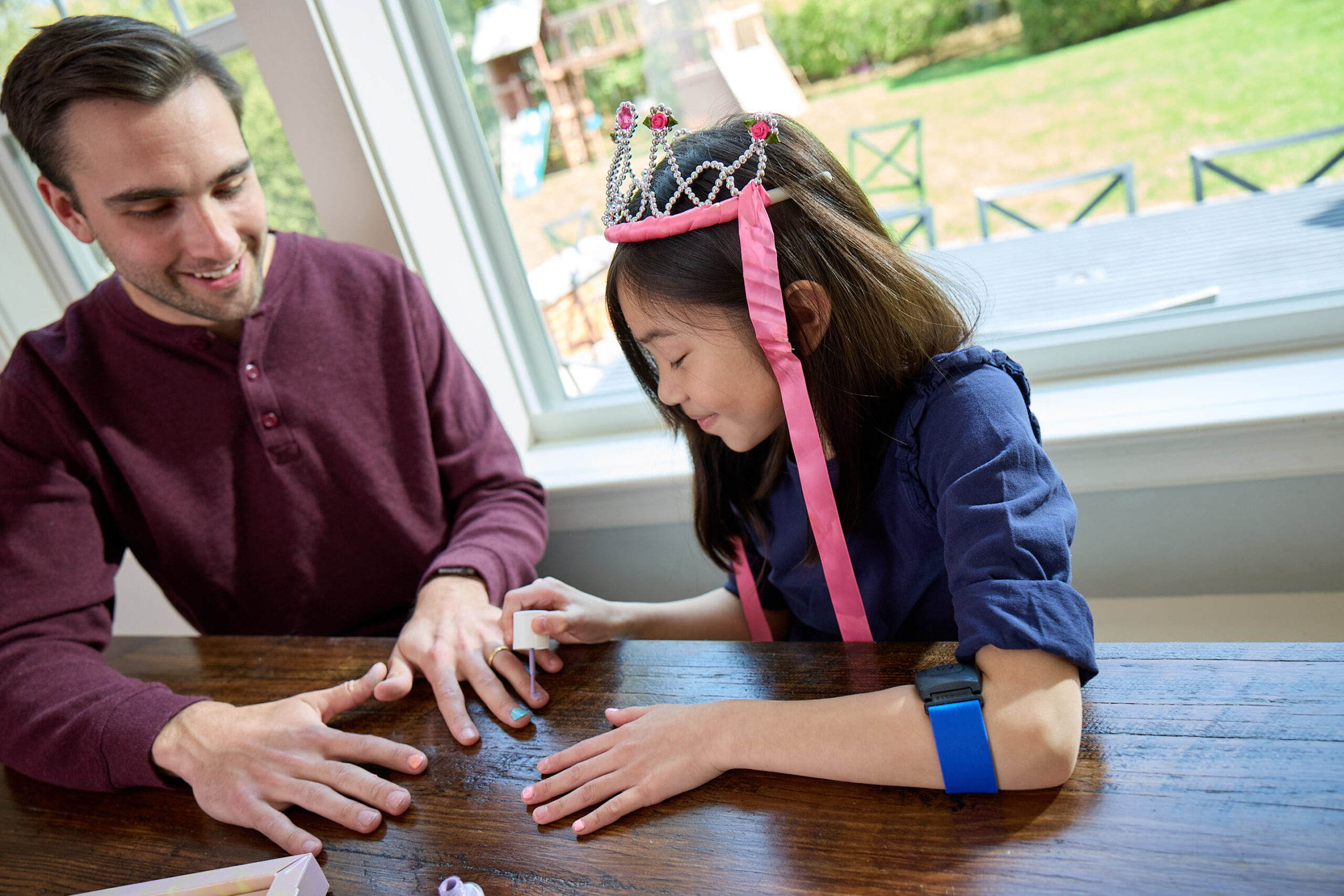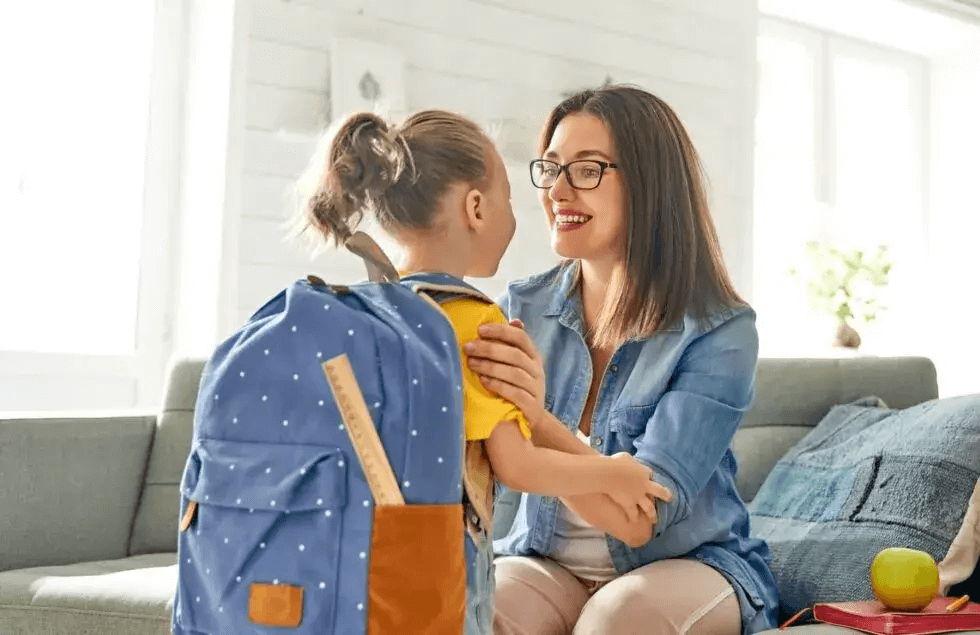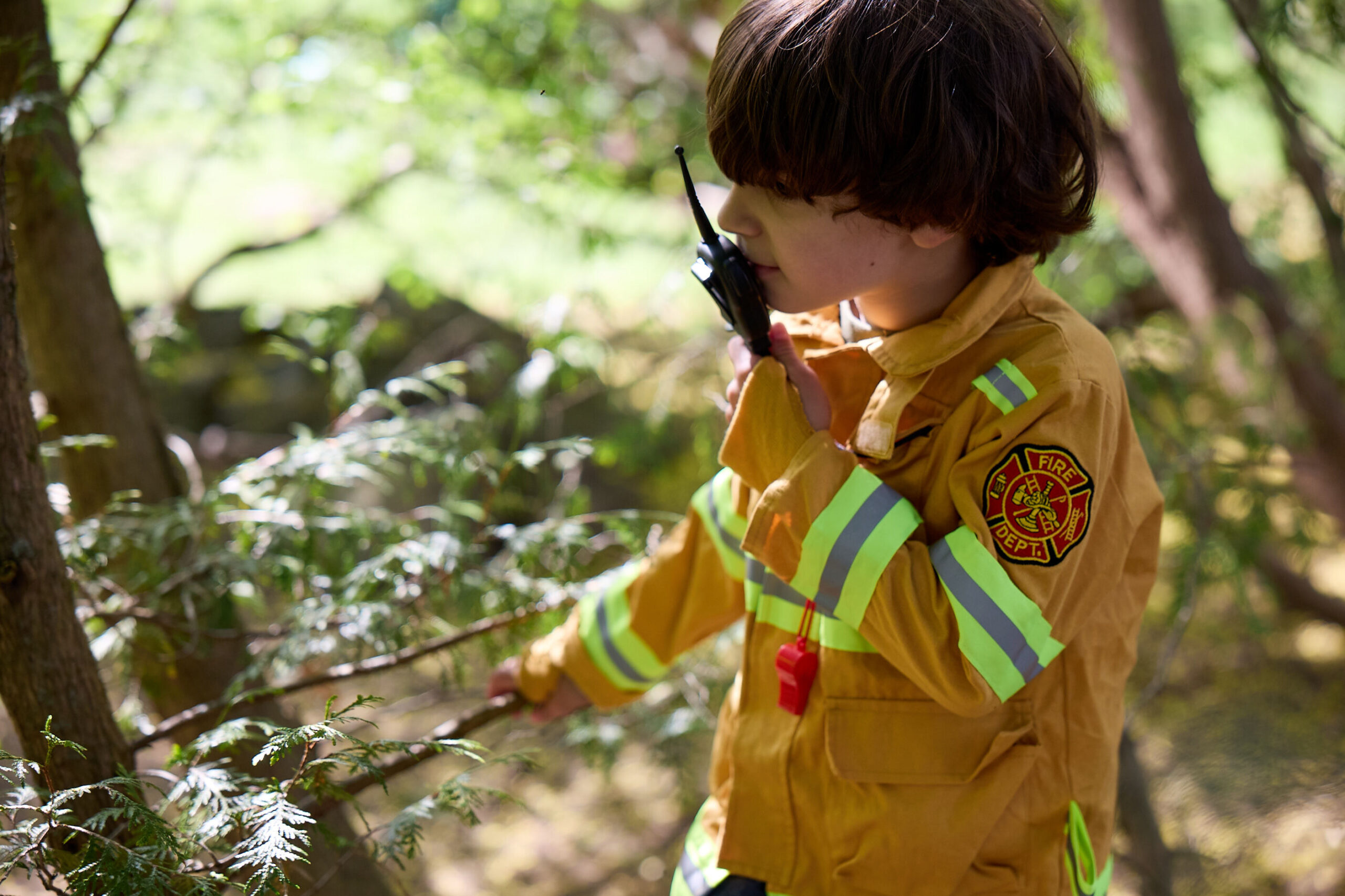
Two sides of the same story
Emotion regulation has two parts. There’s that intentional and more cognitive side where we identify and name our emotions (I feel anxious, frustrated, excited), recognize those emotions in our bodies (my heart is racing, it’s hard to think clearly), remember coping or calming skills (I can take a walk, deep breaths, talk to someone), and then intentionally use those strategies (I actually go for that walk, take deep breaths, talk to someone).
On the other side, there’s the automatic response. This is our body’s physiological response to our emotions (increased heart rate, difficulty thinking clearly, muscles prepping for movement), and our quick and automatic behavioral reactions (running, fighting, screaming, freezing). The relationship between these two sides is important as we think about our emotional regulation abilities. If our automatic fight or flight response is really strong, taking the time to stop and think through coping strategies in moments of threat (or perceived threat) is incredibly difficult, and oftentimes not an option.
Now add the layer of ADHD, ASD, or anxiety on top of all this (extra difficulty with things like impulse control, thinking through long term consequences of your actions, cognitive flexibility, and interpreting sensory information), or add a history of traumatic experiences (leading to increased hypervigilance and emotional and behavioral reactivity) and “emotion regulation” just became a whole lot more complicated (and hard, really hard).
Developing an ability versus teaching a concept
In typical therapeutic settings, we tend to focus on the concept of emotional regulation – the intentional, cognitive side. We talk about emotions and stressors, learn how to identify these things, and talk through coping and calming strategies. Then we send kids out into the world and expect them to access and utilize any of that information in moments when they’re escalated. They can’t.
Mightier pairs biofeedback with video game play in a way that allows children to develop both sides of their emotional regulation abilities. By wearing a heart rate monitor while playing games, children are able to see their emotions in real time while also practicing emotional control. They see how their frustration, anxiety or excitement directly influence their heart rate, which directly influences their gameplay. They learn that things become more challenging when their heart rate is up, and they’re empowered to explore various calming strategies to bring their heart rate down and keep playing. They practice all this quickly, in the moment, while having fun. Best of all, they practice all this in a way that strengthens their natural and automatic ability to regulate their emotions in real life. That means improved frustration tolerance, thinking more clearly in the moment, and choosing how to respond to real-life stressors.
The Mightier mechanism, step by step
- Make emotions visible. Our emotions impact lots of things – how we act, how our brain works, and how our body feels. But we can’t necessarily see our emotions, or choose how to act or think when something makes us anxious, stressed, frustrated, or excited. When kids play Mightier, the heart rate monitor on their arm connects to their gameplay on the Mightier app. Kids actually see their heart rate, the proxy for their emotions, on the screen at all times.
- Create a visual language. Kids can see their heart rate in the Mightier Gizmo, which is broken down into a red zone, a grey zone, and a blue zone. When kids are calm, their heart rate rests in the blue zone. When they feel anxious, excited, frustrated, or overwhelmed their heart rate goes up and they eventually enter the red zone. This helps give kids a visual language for their emotions.
- Personalized experience. Every time a player straps on the heart rate monitor and begins a play session, Mightier’s algorithm adjusts for them. What that means is that, although all blue zones might look the same, your blue zone and your child’s blue zone are not the same on the backend. Every person’s resting heart rate is different, and Mightier takes that into account to make sure each player has an experience that feels right for them.
- Things get harder in red. As kids play Mightier’s different games, they quickly realize that things become more challenging when their heart rate goes up into their red zone. This is called the “inhibitor.” Depending on the game a child is playing, being in the red zone might mean that it’s hard to steer, difficult to aim, or that the timer speeds up. This added layer of challenge is exciting, but also encourages kids to find a way to get back to their blue zone so that their gameplay can return to normal. They also earn points and rewards for getting back to blue.
- Skill building and strategies. Kids will receive lots of visual cues to let them know they’re in the red zone, and even more encouragement and options for ways to bring their heart rate back down to the blue zone. The system will give them the option to pause and completely focus on cooling down, while also showing a variety of animated calming strategies – deep breathing, crossing the midline, progressive muscle relaxation, mindful tracing. There are two very important points here. First, kids are not alone in how to figure this out, and Mightier’s guidance lets them explore and experiment with different calming strategies. Second, every person is different, and no one likes being told how they feel and what they’re supposed to do about it, so this exploration process is important. Kids feel proud and empowered to find what works for their body.
- See your control. As kids make sense of the Gizmo, see how their heart rate moves up and down, and learn ways to get back to blue, they’re seeing the power of their abilities in real time. This is meaningful, especially for kids who have consistently felt powerless to control their emotions and reactions in real life situations.
- Build emotional muscle memory. In addition to building emotional awareness, Mightier gets kids to repeatedly practice calming down while simultaneously attending to another demanding task. This is the magic of how Mightier works. This is how Mightier kids build a natural, effortless ability to stay calmer and return to that state of calm in real life without even having to think about it.
Learn more about Mightier’s research, and why 87% of families report improvement here.













